Strategic Refactoring and Advanced Feature Integration with Bioprinting Precision
Overview
About Client
REGENHU is a Swiss-based trailblazer in the MedTech and BioTech industries, specializing in the development of advanced bioprinting solutions for Tissue Engineering, Regenerative Medicine, and Drug Discovery. The company is renowned for its innovative approach in creating both sophisticated bioprinting hardware and intuitive software, particularly through its principal bioprinting management software, SHAPER. REGENHU’s technology plays a pivotal role in biofabrication, enabling the precise and intricate manufacturing of medical solutions and fostering advancements in medical research and treatment methods.
By providing tools that allow researchers and professionals to push the boundaries of medical discovery and innovation, REGENHU is at the forefront of shaping the future of healthcare. The company’s commitment to quality, precision, and innovation positions it as a key enabler in the quest to meet complex medical challenges and improve patient outcomes worldwide.
Technologies:
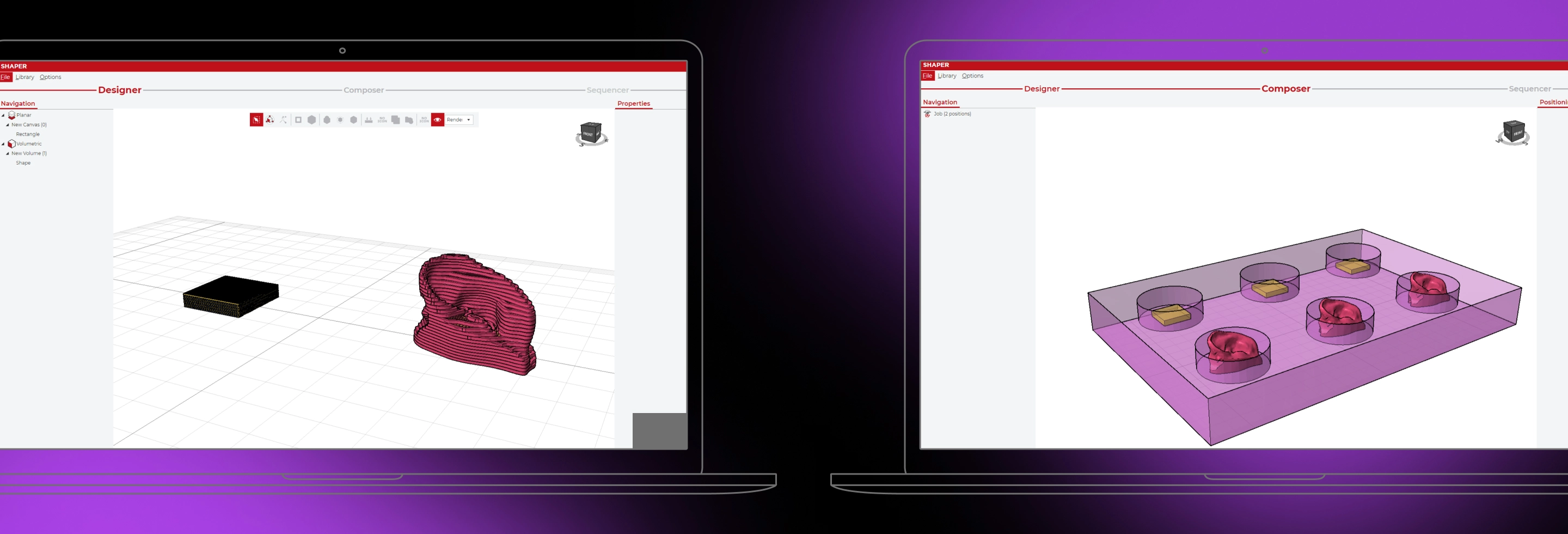
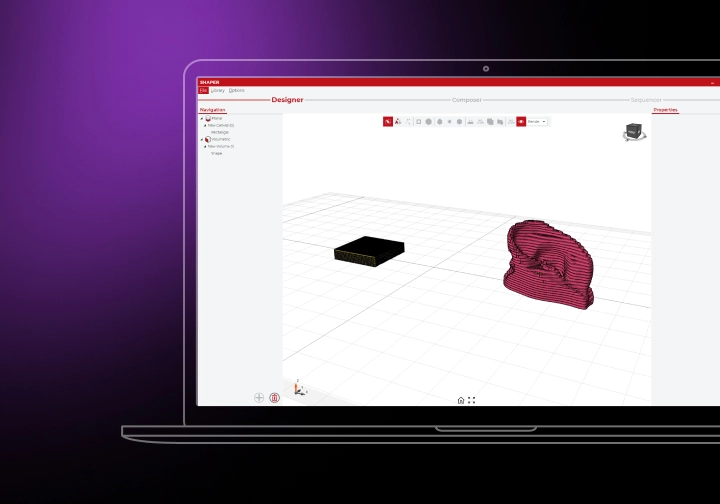
Client’s Business Need
REGENHU had a pressing business need to enhance the efficiency, precision, and functionality of their bioprinting management software, SHAPER. The primary goals were:
Enhance Software Precision
Given the high stakes of bioprinting where one wrong layer can ruin months of meticulous work, REGENHU needed software capable of extremely precise operations to manage the delicate bioprinting process effectively.
Software Consolidation & Feature Enhancement
REGENHU aimed to streamline its operations by consolidating several of its applications into one comprehensive tool, SHAPER, while also adding new, advanced features to the software.
Optimize Performance & Reduce Maintenance Costs
The existing software consumed significant system memory and had duplicated code, leading to high maintenance costs and performance inefficiencies. REGENHU sought to address these issues by refactoring the code, thereby enhancing the software’s performance and reducing the overheads associated with its maintenance.
Ensure Future Scalability & Flexibility
The client required a solution that not only met the current needs but also allowed for future development and addition of new features without compromising the application’s stability or performance.
Addressing these needs was crucial for REGENHU to maintain its competitive edge in the MedTech and BioTech industries, ensuring the delivery of high-quality, reliable, and cutting-edge bioprinting solutions.
Challenge Approach
The approach to addressing REGENHU’s challenge involved a meticulous and strategic methodology focusing on software refinement and future-proofing. The key aspects of the approach included:
Comprehensive Refactoring
The team embarked on an extensive refactoring of SHAPER’s code to enhance its architecture and performance. This involved modifying a significant portion of the application to improve its structure while maintaining the integrity of the core algorithms.
Optimization for Performance & Memory Usage
Efforts were made to optimize the application’s performance and reduce its memory consumption. This included refining the algorithms and shifting towards a component-based system to minimize code redundancy and prevent the creation of overly complex, monolithic structures (“god-objects”).
Transition from Inheritance to Composition
The software’s core was restructured from a pure inheritance model to a composition and component-based system. This shift allowed greater flexibility, easier maintenance, and a more robust foundation for future enhancements.
Unification of Subsystems
The separate 2D and 3D subsystems were unified, ensuring that any future modifications or improvements would only need to be implemented once, thus streamlining the development process and reducing potential errors.
Agile Development & Continuous Improvement
The development process was broken down into several sprints, allowing simultaneous refinement of the existing application and the development of new features. This agile approach ensured that the team could rapidly respond to any emerging needs or challenges.
Integration of a New Saving Feature
Upon completing the refactoring process, a new ‘save’ feature was introduced, allowing users to save their projects and return to them later. This feature not only added significant value to the user experience but also demonstrated the improved flexibility and capability of the refactored application.


Outcome
The collaboration with REGENHU culminated in a transformative upgrade of the SHAPER software, achieving a modernized architecture, 90% reduction in memory usage, and a streamlined codebase for both 2D and 3D printing modules.
These enhancements led to a more efficient, stable, and future-ready platform, equipped with a new ‘save’ feature for enhanced user convenience. The refactoring process not only optimized performance and resource utilization but also substantially lowered maintenance costs, positioning SHAPER as a cutting-edge solution in the MedTech and BioTech industries.
The knowledge brought by CSHARK boosted the development rate and quality to an extremely high-level. The code quality increased drastically by reaching an 80% code coverage in just a few months of work, while the amount of feature implemented more than doubled since the arrival of the CSHARK development team. Throughout the different internal reviews that we often have, an unanimous feeling of wonder at the development has been expressed.
Samuel Gilliéron
Software Architect at REGENHU
Innovate
With Reliable
Business
Partner
Reach to us, and let’s initiate a strategic collaboration aimed at your success.



